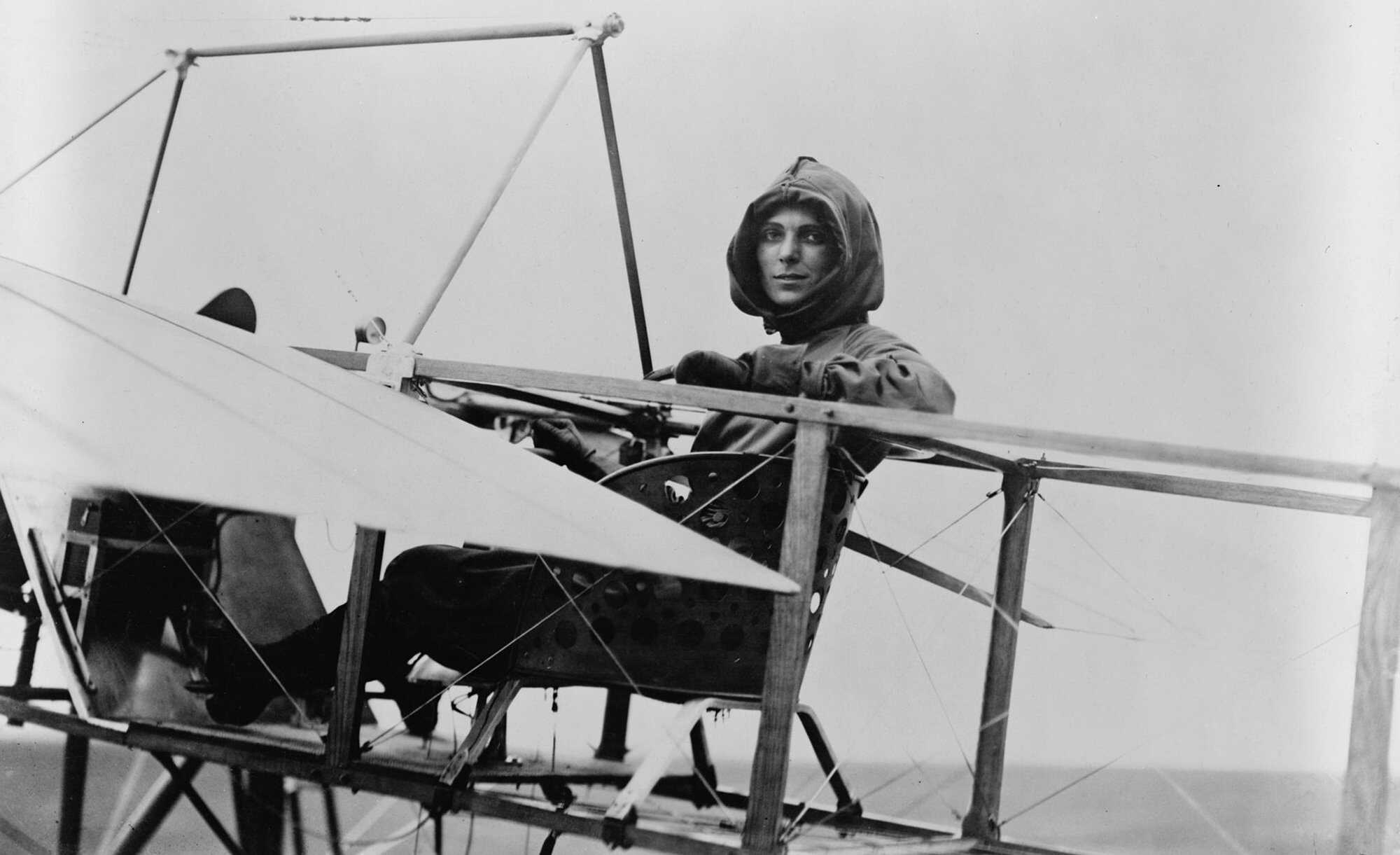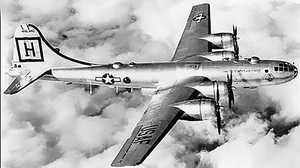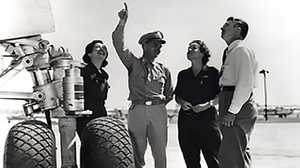Harriet Quimby
1875 - 1912

The career of the first American woman to became a licensed pilot was short-lived but heroic. Harriet Quimby was a New York journalist with a mysterious background. She claimed to have had wealthy parents who put her through some of the best education in America. What's more likely is that she was the daughter of a Midwestern farmer. Together with her friend Matilde Moisant she learned to fly at a school in Hempstead, New York, earning her license in August 1911. A couple of months later the two young women traveled to Mexico City where they astonished the locals who had never before seen women in the air.
Quimby made her name the following year as the first woman to fly across the English Channel. She had thought up the scheme while in Mexico. Anxious that someone might beat her to it, she kept her plan secret and hurriedly took a liner to England. Before she left she secured sponsorship from "Leslie's Illustrated" and a letter of introduction to the famous airplane designer and aviator Louis Blériot. The quick-talking reporter from New York managed to persuade Blériot to lend her a 50 horsepower monoplane in which to attempt the trip.
At the time Quimby was frustrated by the almost universal assumption that she would fail in her mission. "I was annoyed from the start," she said, "by the attitude of doubt on the part of the spectators that I would never really make the flight. They knew I had never used the machine before, and probably thought I would find some excuse at the last moment to back out of the flight. This attitude made me more determined than ever to succeed." An accomplished male pilot who showed Quimby how to use a compass was so sure she would fail that he offered to make the flight for her, promising to wear Quimby's purple flying suit and assuring her he'd land in an isolated location where she could rendez-vous with him and swap clothes. She turned down the offer.
Quimby took off on April 16, 1912, from an airstrip near Dover. The reporter would later write that at the time the trip seemed no more difficult than a cross-country flight. "I am glad I thought so," she wrote, "otherwise I might have had more hesitation about flying in the fog with an untried compass, in a new untried machine knowing that the treacherous North Sea stood ready to receive me if I drifted off my course." An hour and nine minutes after setting off, the American aviator landed on an isolated beach in France.
Quimby didn't get the recognition she had hoped for. Her feat coincided with the sinking of the Titanic and people in London were in no mood to put on a parade. Her reception on the other side of the Atlantic was also lukewarm. The "New York Times" coverage was mostly condescending, which wasn't surprising considering the paper's opposition to women's suffrage. One editorial stated, "Exultation is not in order." The writer went on to explain why. "Just a few months ago this same flight was one of the most daring and in every way remarkable deeds accomplished by man. Since then the passage has been repeated by men, and now for them there is little or no glory. The flight is now hardly anything more than proof of ordinary professional competency.... Of course it still proves ability and capacity, but it does not prove equality."
Quimby died in a tragic accident three months later at an airshow near Boston. Her Blériot plane went into a nose dive during a flight around the Boston lighthouse. Neither she nor her passenger were wearing seat-belts and they were both thrown to their deaths in shallow water. The plane fared much better. It came out of its dive shortly before hitting the ground and landed without sustaining much damage.







